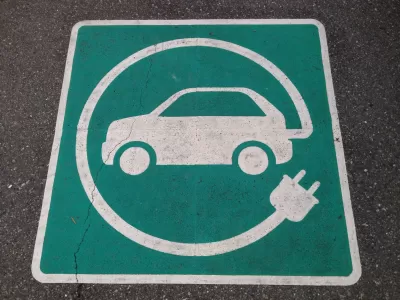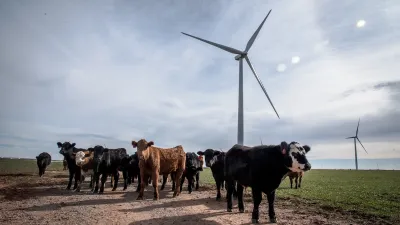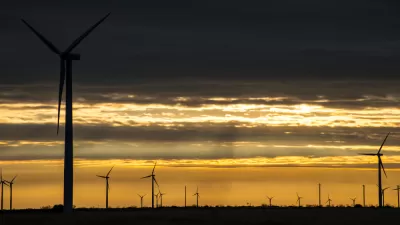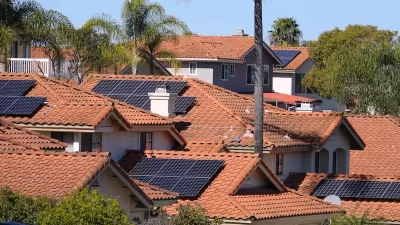The Obama-era American Recovery and Reinvestment Act of 2009 funded clean energy and created jobs during the Great Recession. Will clean energy be considered in a future stimulus bill to mitigate economic strain cased by the coronavirus pandemic?

When Congress passed the American Recovery and Reinvestment Act in 2009, an $800 billion stimulus package signed by President Obama during the Great Recession, $90 billion was budgeted to support clean energy initiatives and infrastructure. The administration sought to put people back to work while assisting long-term positive impacts on climate and public health, says Obama's top energy and climate advisor Carol Browner.
"A decade later, as the country enters a pandemic-driven economic downturn that could rival or exceed the Great Recession, the Recovery Act provides a template for how lawmakers might drive further growth in clean energy — particularly nascent industries such as energy storage or electric vehicles," writes Sammy Roth.
So far, lawmakers have not taken action to support clean energy advances. Clean energy funding was notably absent from the $2.2 trillion stimulus package passed in late March.
If Democrats gain a majority in the Senate and win the presidential election, it's likely that a Recovery Act-inspired stimulus bill would follow. Some predict that the bill would support the electric vehicle supply chain. Browner contends that clean energy investment should support public health by working to reduce carbon dioxide and air pollution produced by gas-powered vehicles. Companies in solar and wind energy are also requesting support to avoid the loss of 35,000 jobs and $35 billion in investment.
FULL STORY: Should we spend billions on clean energy? It worked during the last crisis

Alabama: Trump Terminates Settlements for Black Communities Harmed By Raw Sewage
Trump deemed the landmark civil rights agreement “illegal DEI and environmental justice policy.”

Study: Maui’s Plan to Convert Vacation Rentals to Long-Term Housing Could Cause Nearly $1 Billion Economic Loss
The plan would reduce visitor accommodation by 25% resulting in 1,900 jobs lost.

Planetizen Federal Action Tracker
A weekly monitor of how Trump’s orders and actions are impacting planners and planning in America.

This Toronto Suburb Has More Bus Riders Than Columbus, Ohio
Brampton, Ontario used gradual improvements in service to prove that if you build it, they will ride.

Paris Bike Boom Leads to Steep Drop in Air Pollution
The French city’s air quality has improved dramatically in the past 20 years, coinciding with a growth in cycling.

Why Housing Costs More to Build in California Than in Texas
Hard costs like labor and materials combined with ‘soft’ costs such as permitting make building in the San Francisco Bay Area almost three times as costly as in Texas cities.
Urban Design for Planners 1: Software Tools
This six-course series explores essential urban design concepts using open source software and equips planners with the tools they need to participate fully in the urban design process.
Planning for Universal Design
Learn the tools for implementing Universal Design in planning regulations.
Smith Gee Studio
Alamo Area Metropolitan Planning Organization
City of Santa Clarita
Institute for Housing and Urban Development Studies (IHS)
City of Grandview
Harvard GSD Executive Education
Toledo-Lucas County Plan Commissions
Salt Lake City
NYU Wagner Graduate School of Public Service





























